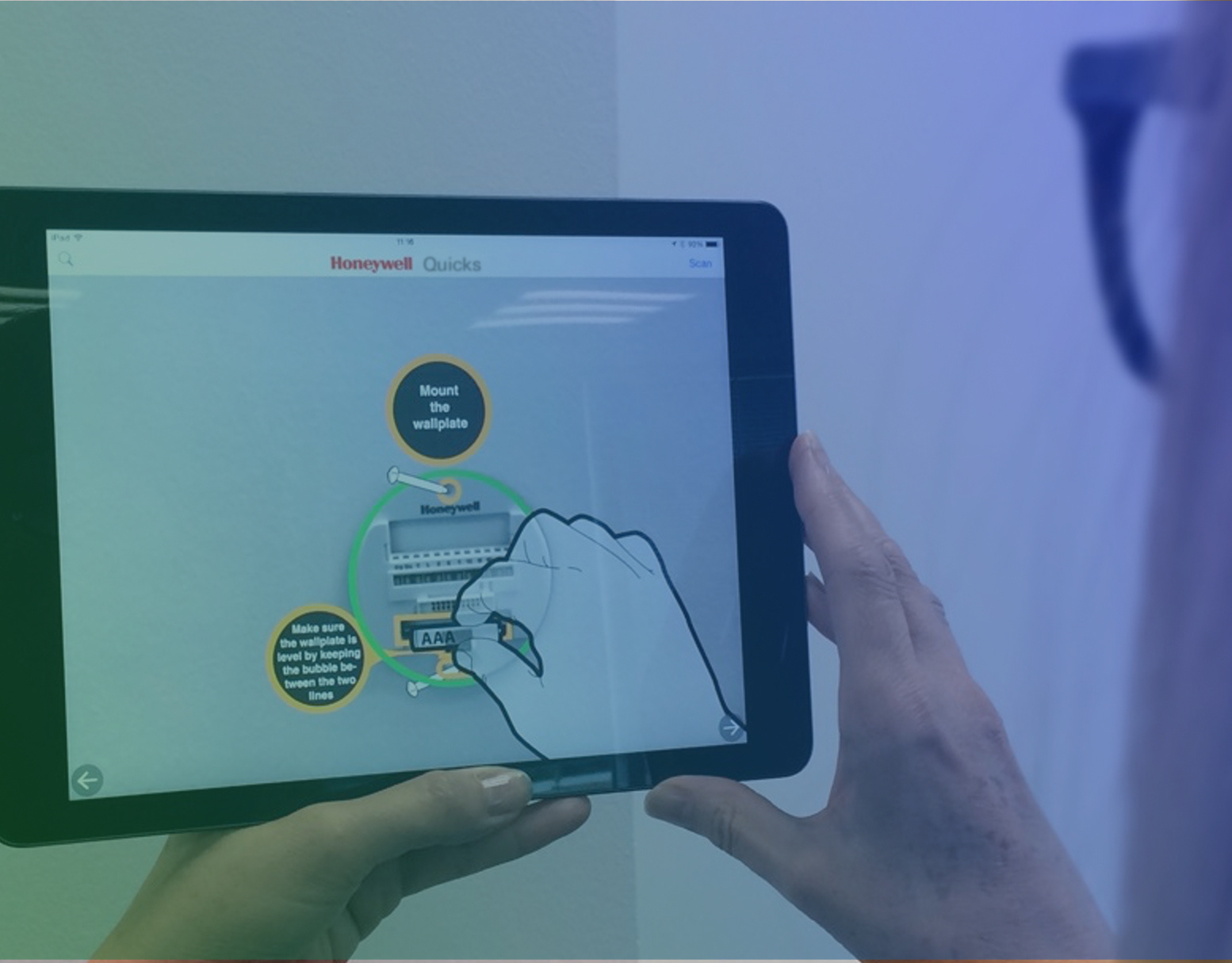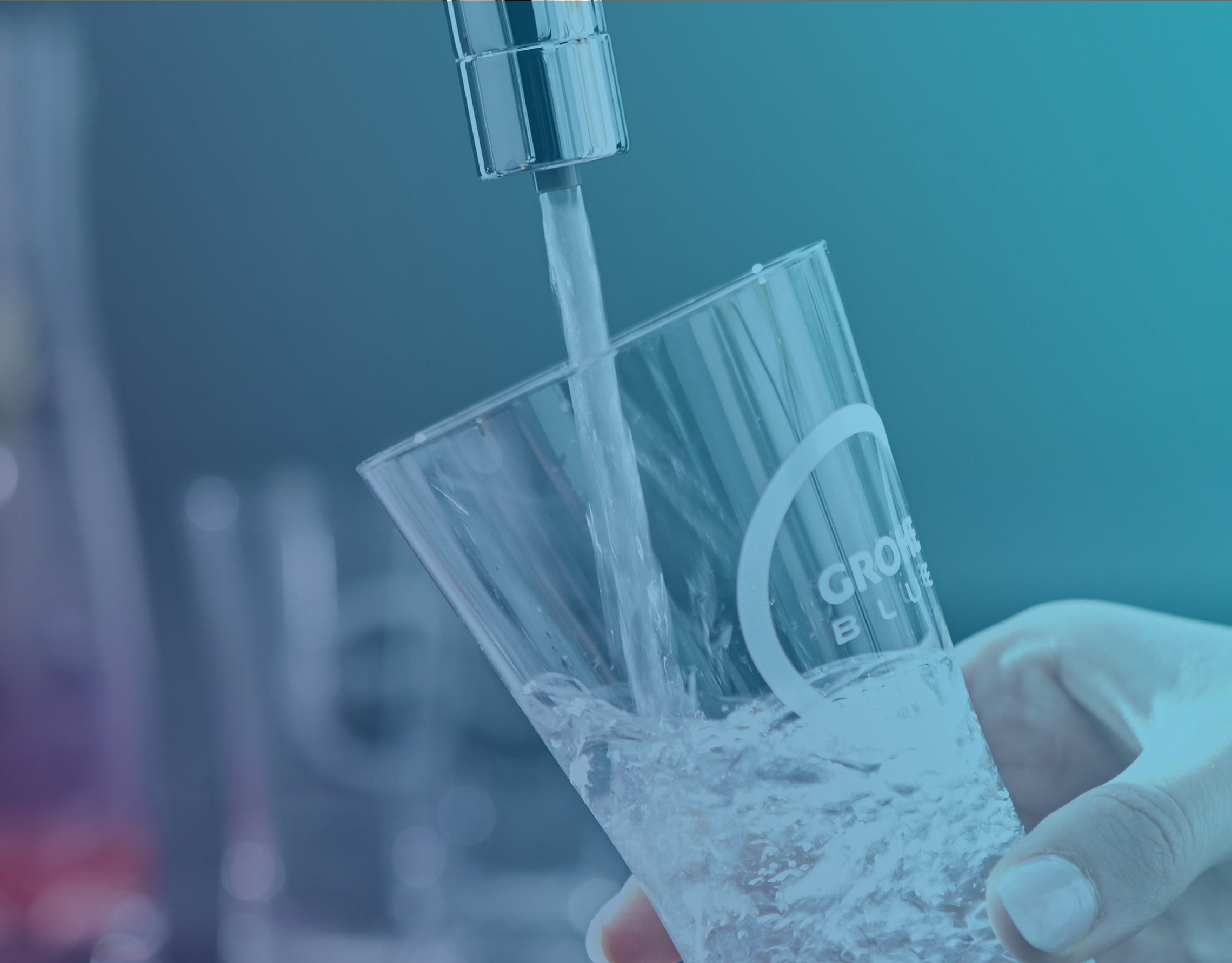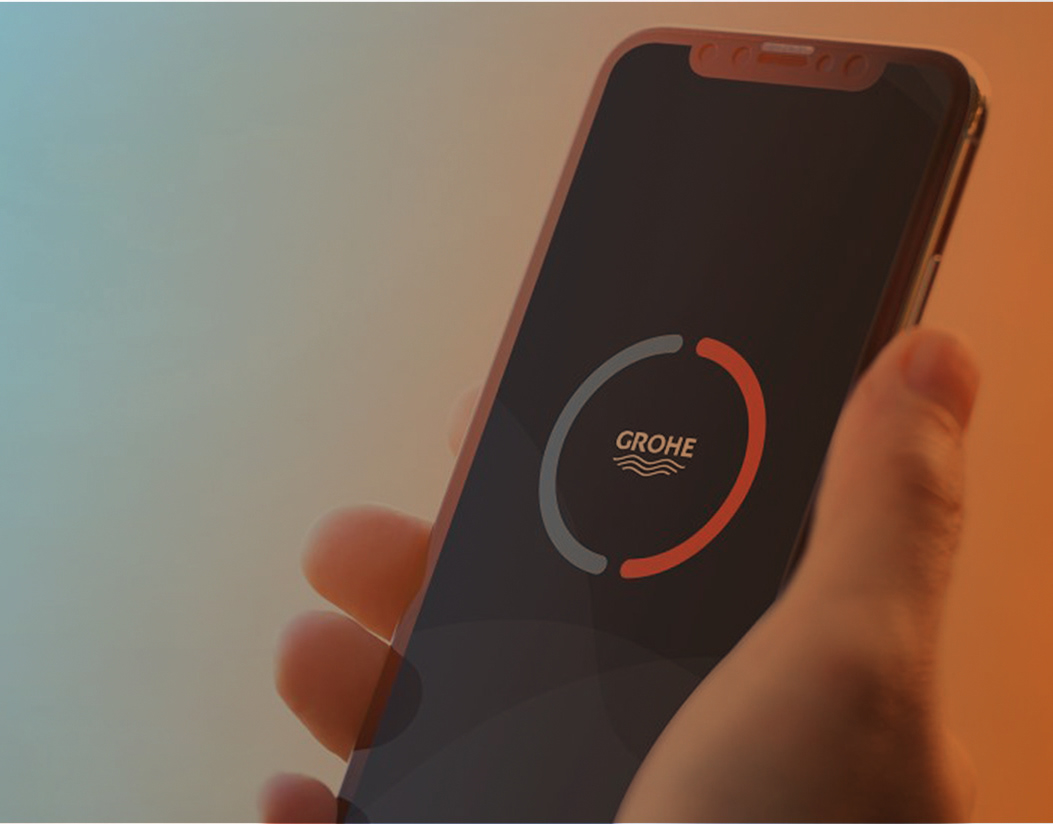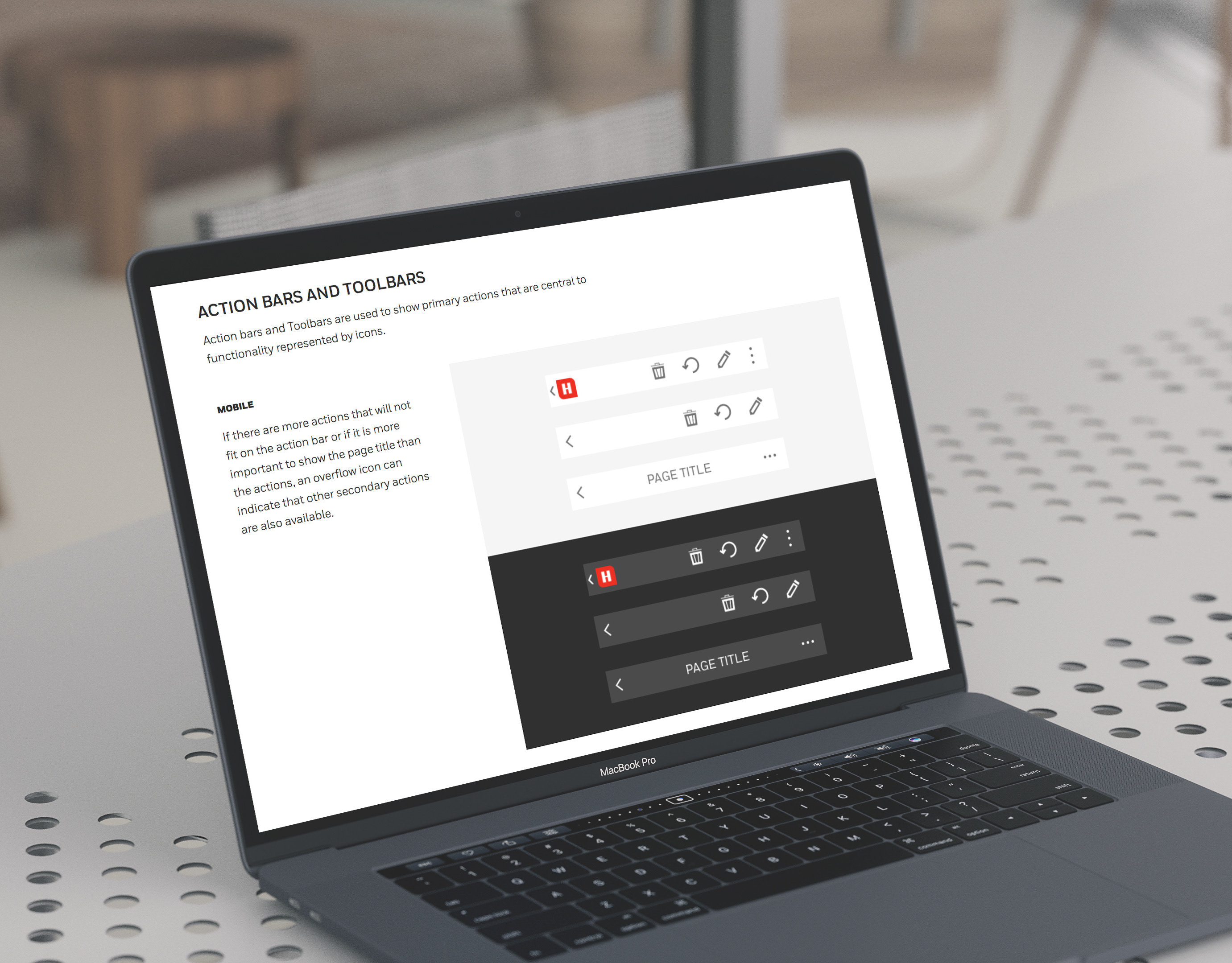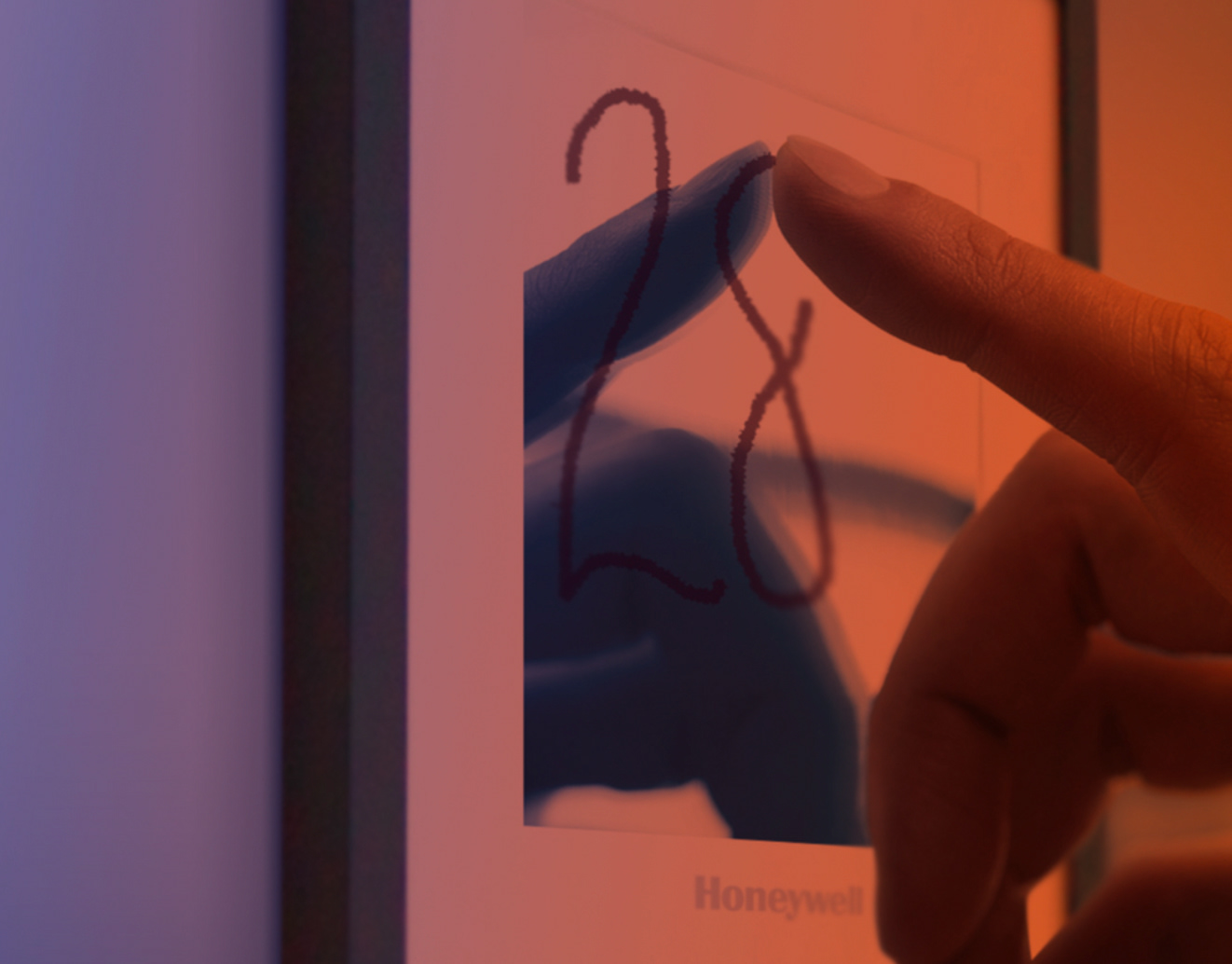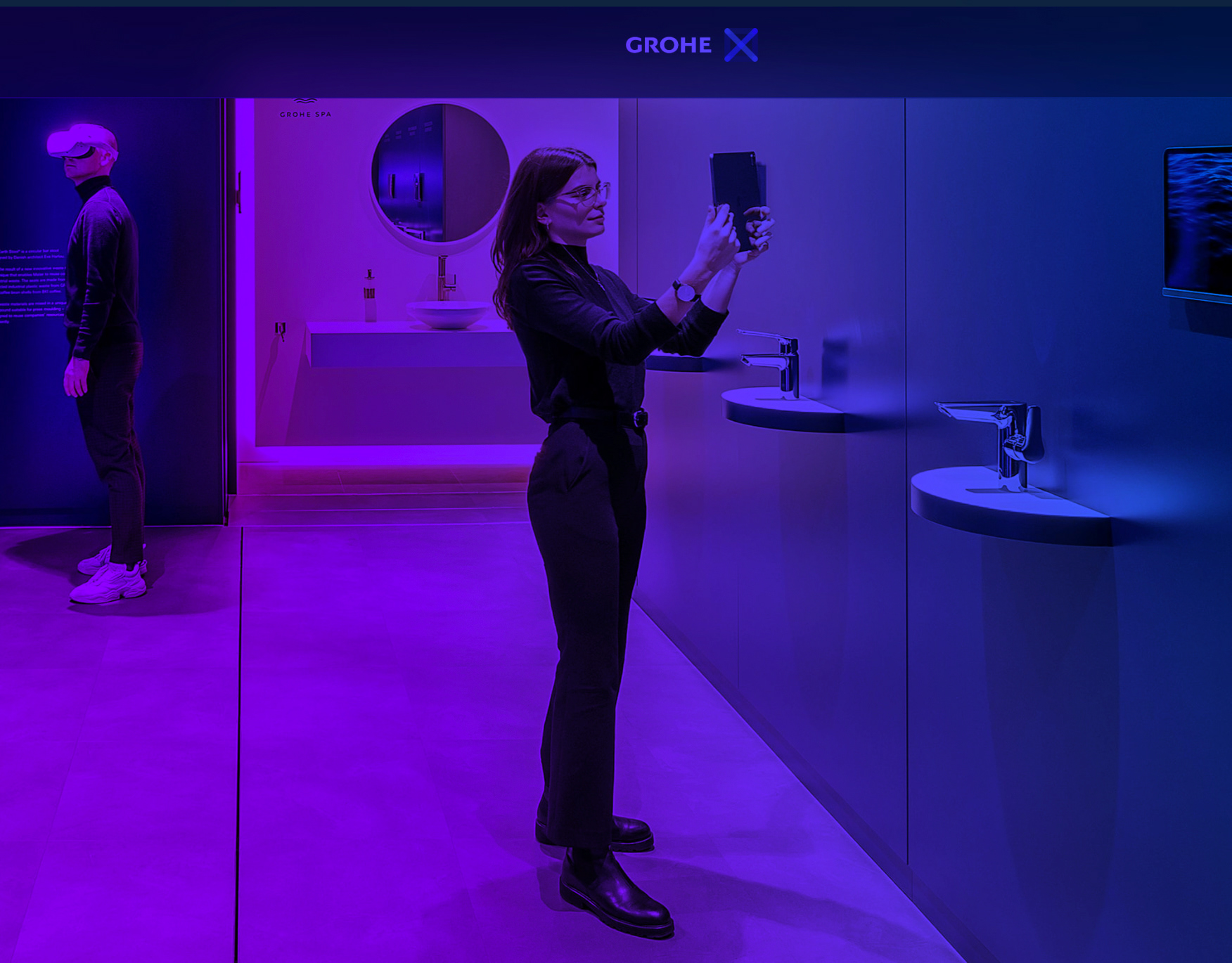The Product
In August 2021, the GROHE Digital category included a new functionality in the Sense app, based on the suggestion of our insurance partners and the following User research: a micro leak detection in the piping system.
Me and my team conducted a five-day Design Sprint to find the best customer-centric solution, collaborating with a talented, extended cross-functional team of R&D engineers, developers, project managers, and designers.
The Challenge
GROHE Sense Guard detects most micro leaks in the cold water system and alerts you so you can react. But react how?
Our challenge was to find a seamless way of encouraging the home resident to work with the insurance company and assess the situation before resorting to the most costly decision of sending a specialist.
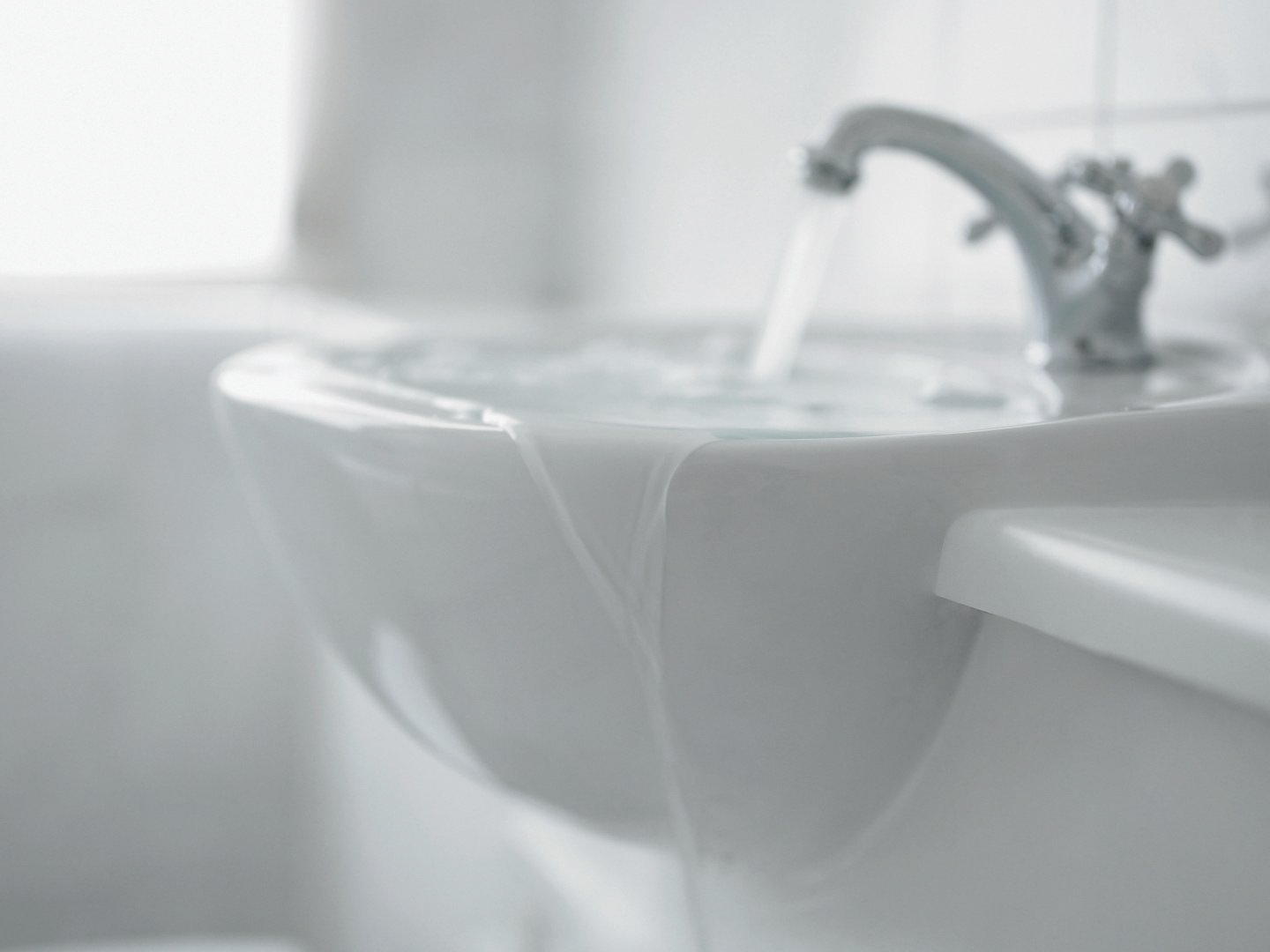
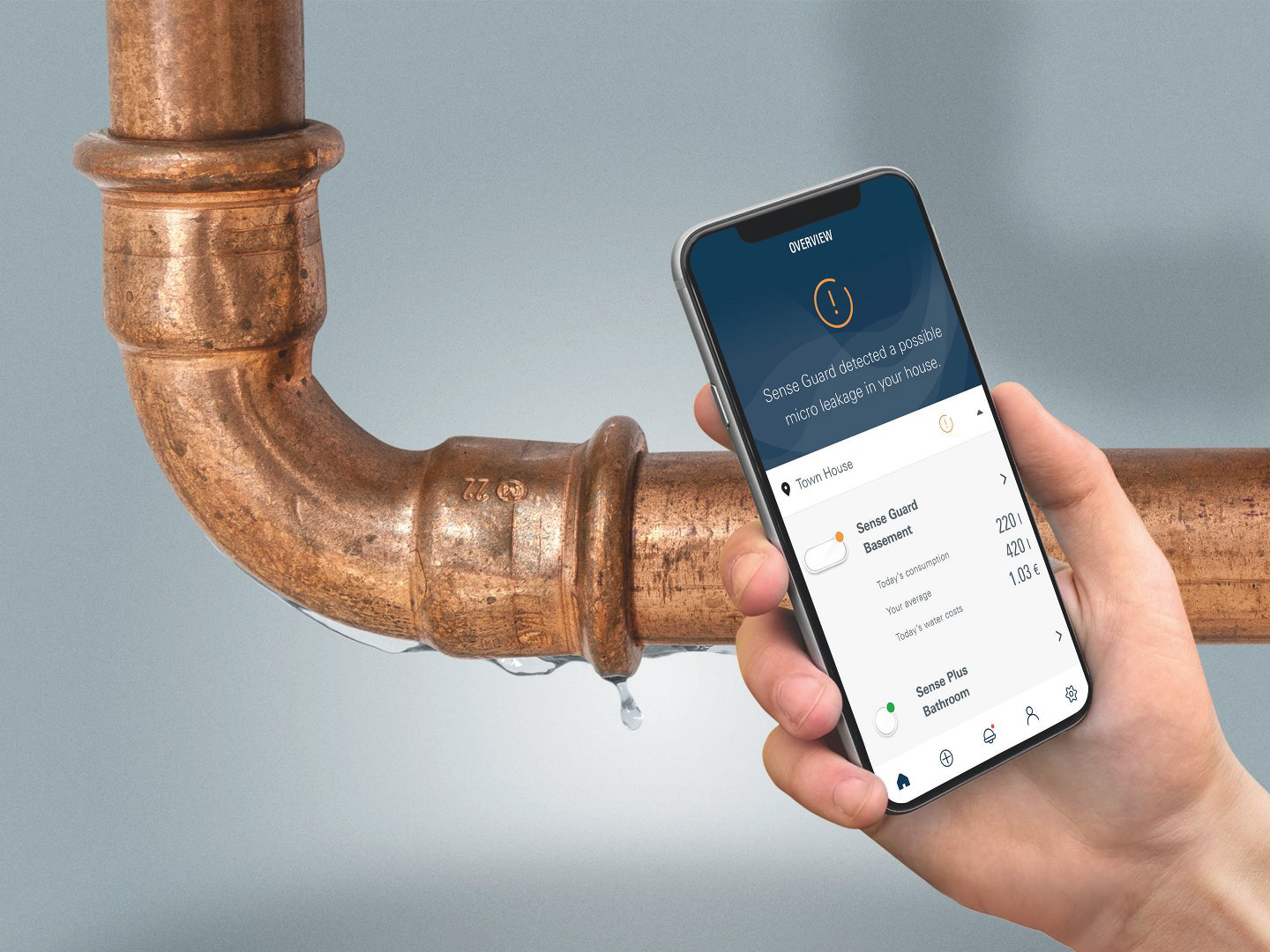
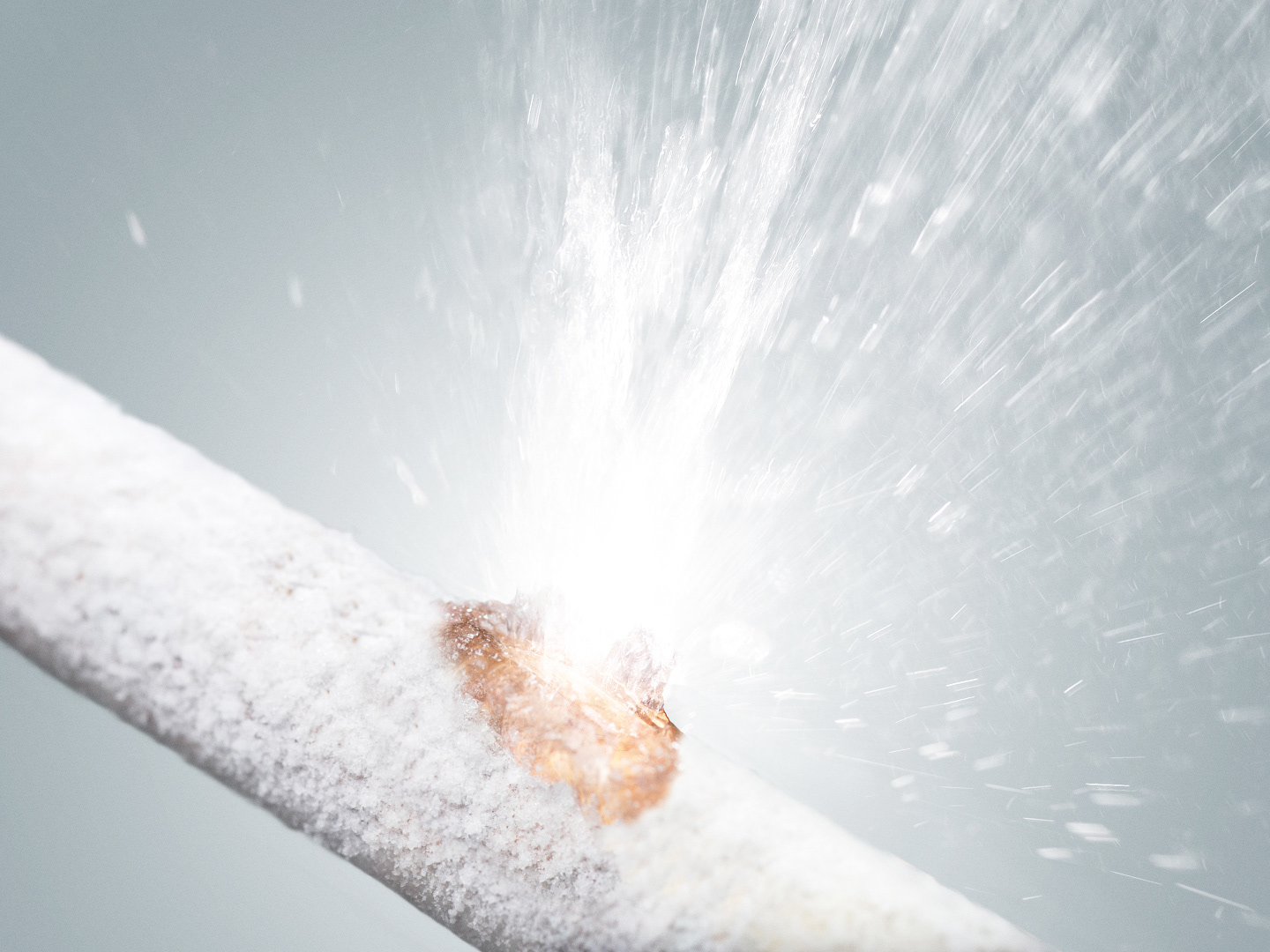
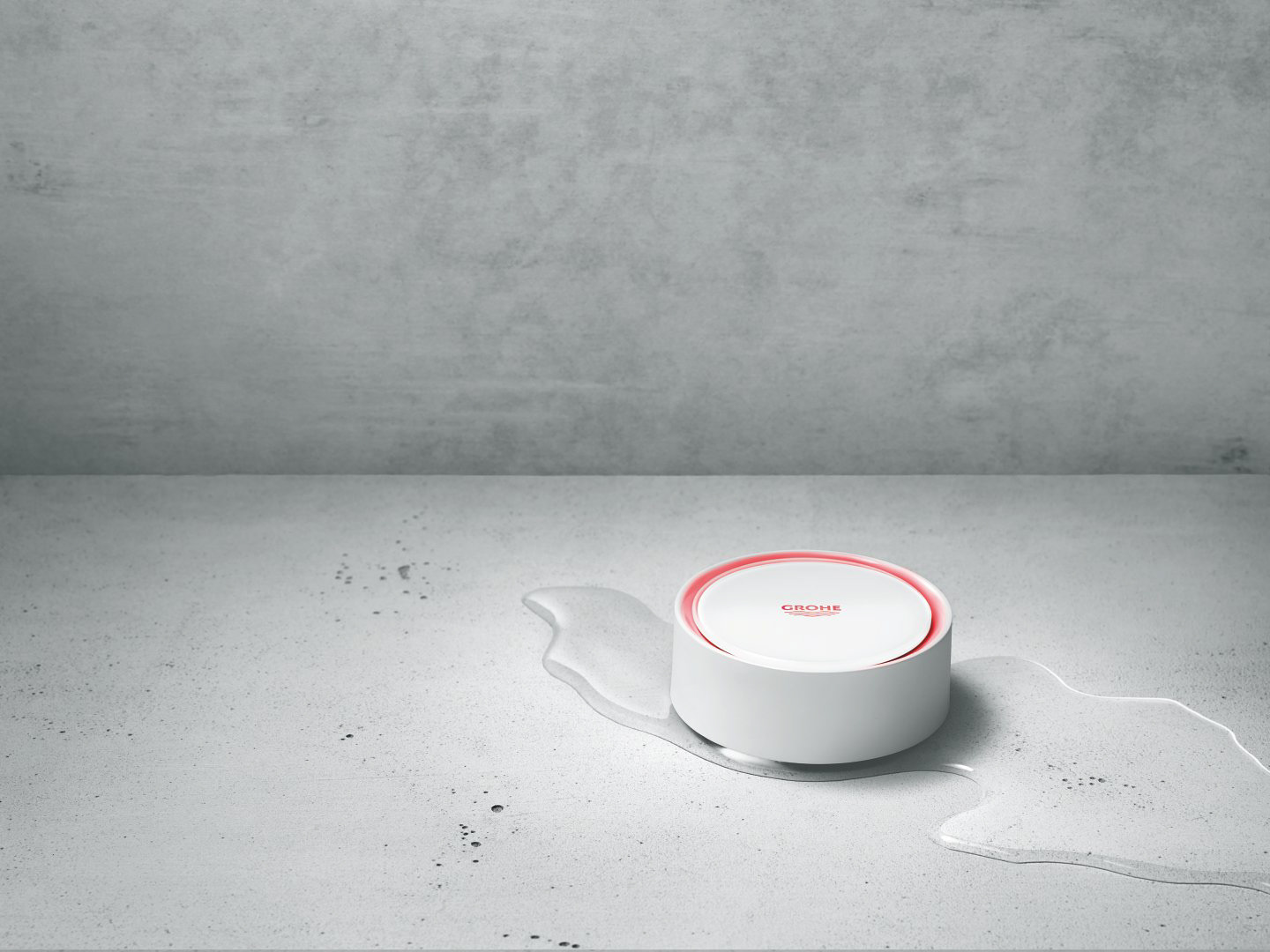
The Sprint
⦿ Monday - MAP:
We started the Discovery phase in the first day with quick Competitor Analysis and One Sentence Goal exercise to identify our scope from the very beginning.
The next exercise was to create an "As is" Journey Map of the current situation, combined with a Stakeholder map of all the participants in the process, to detect pain points and eventual opportunities.
In the afternoon the team interviewed our experts. We invited two customer facing GROHE representatives as well as two external insurance service providers. This gave us a great deal of insides regarding the business as well as customer requirements.
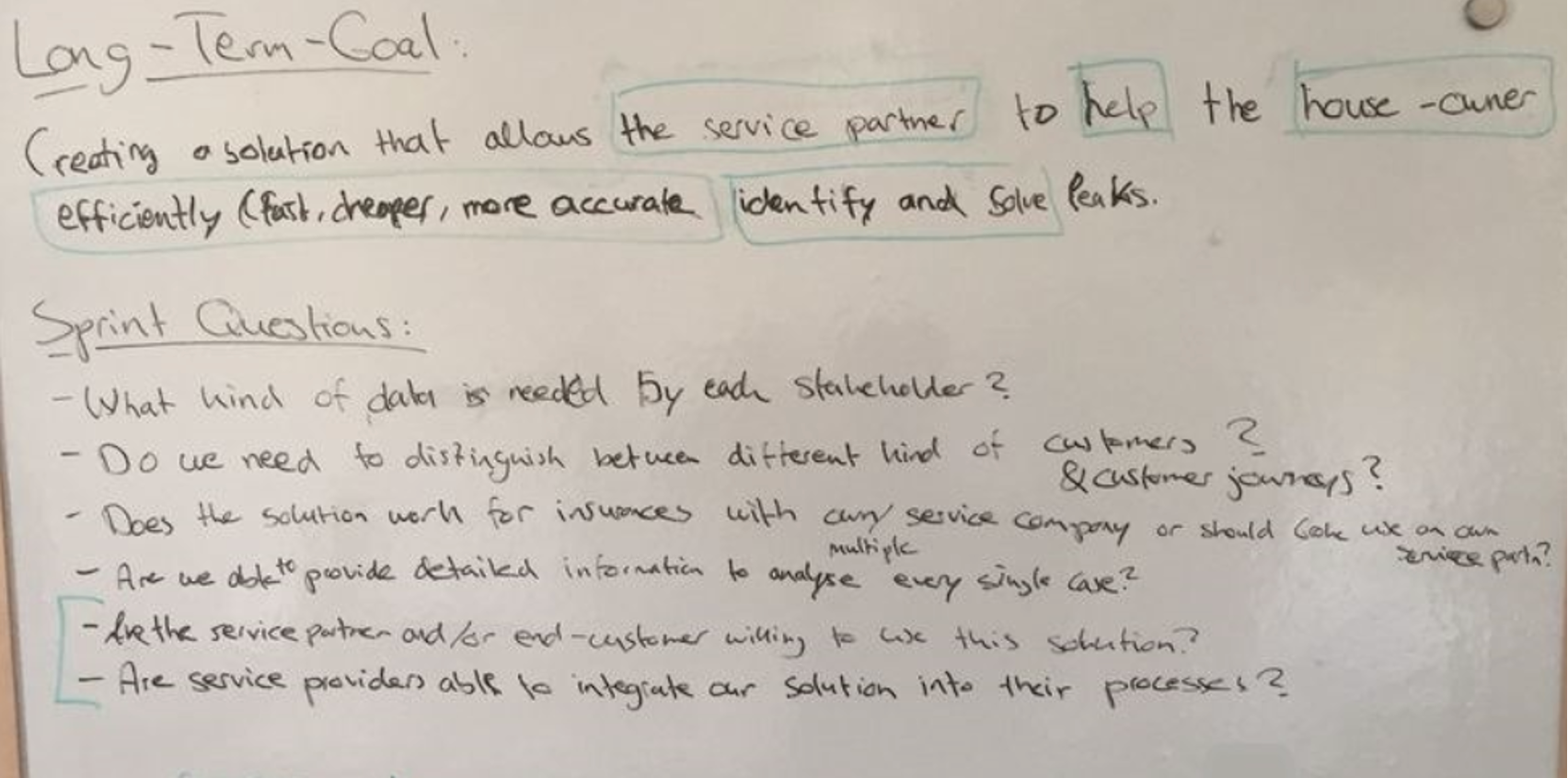
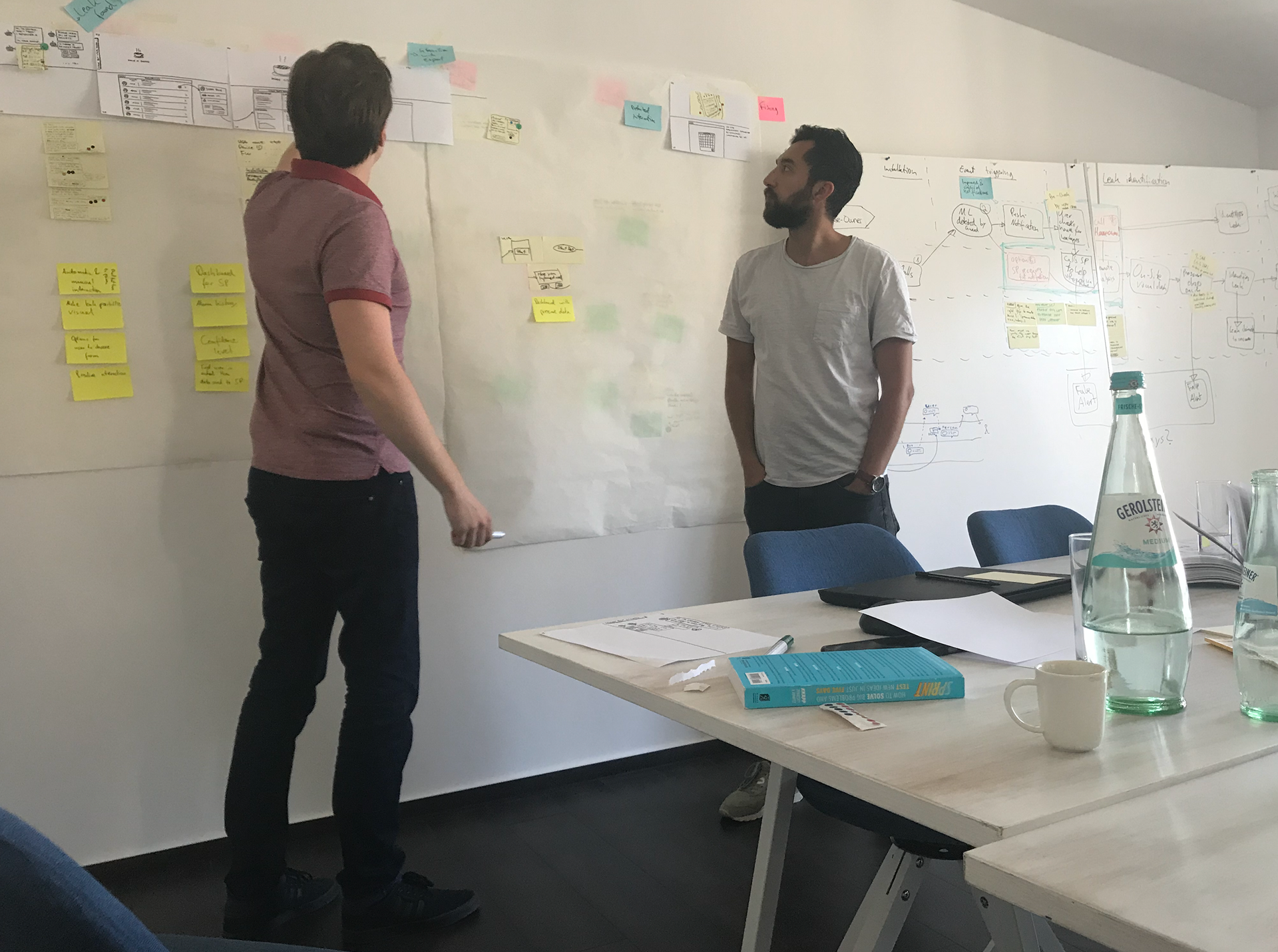


Our Business requirements findings:
To improve the micro-leakage functionality of the app we need to:
1 Create a solution that allows the service partner to help the end user identify and solve leaks:
• Faster
• Cheaper
• Better
2 Make sure end user:
• Has peace of mind
• Does not feel left alone in the process
• Saves money
Our Customer requirements findings after interviewing the experts:
1 The function is creating false alerts (unfortunately lots of them) and the functionality is hard to understand for our customers and B2B partners
2 Additionally some issues are too hidden for end-users to identify and solve on their own.
3 This also leads to one of the main complaints of our Insurance Partners: Micro-leak feature creates too much effort for them and reduces trust in our system, as end-users call to ask for plumber.
⦿ Tuesday - SKETCH:
Tuesday was reserved for sketching. Every member of the team had to come up with a storyboard, based on the findings from the previous day.
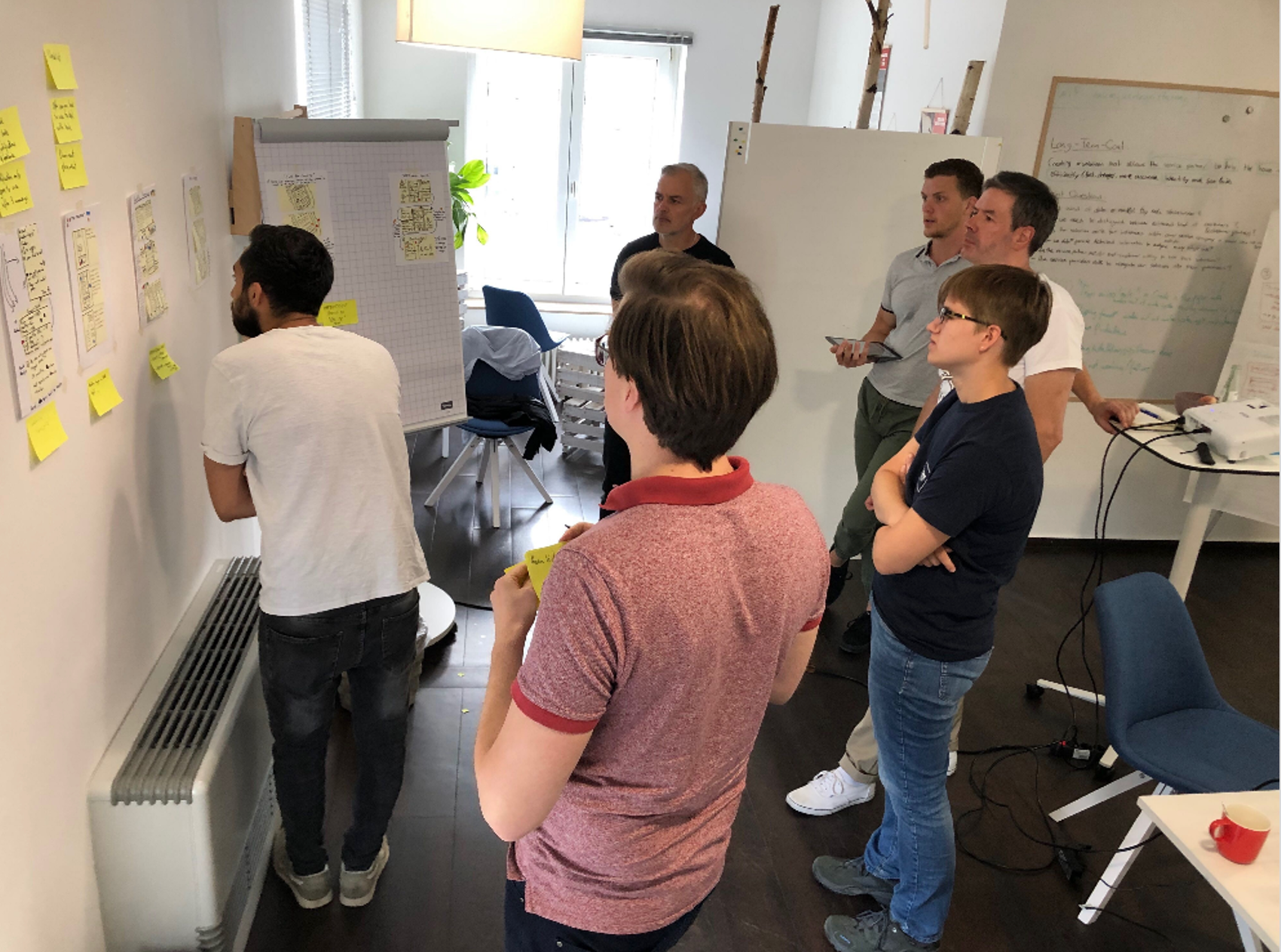

⦿ Wednesday - DECIDE:
Wednesday was decision day. The team had to present, vote, brainstorm and decide on the storyboards from the previous day.
The winner was a Chatbot scenario that will guide the Customer through several preliminary steps, before deciding if there is really a pipe break or the decrees of water pressure is caused by a faulty faucet, shower head or a system error.

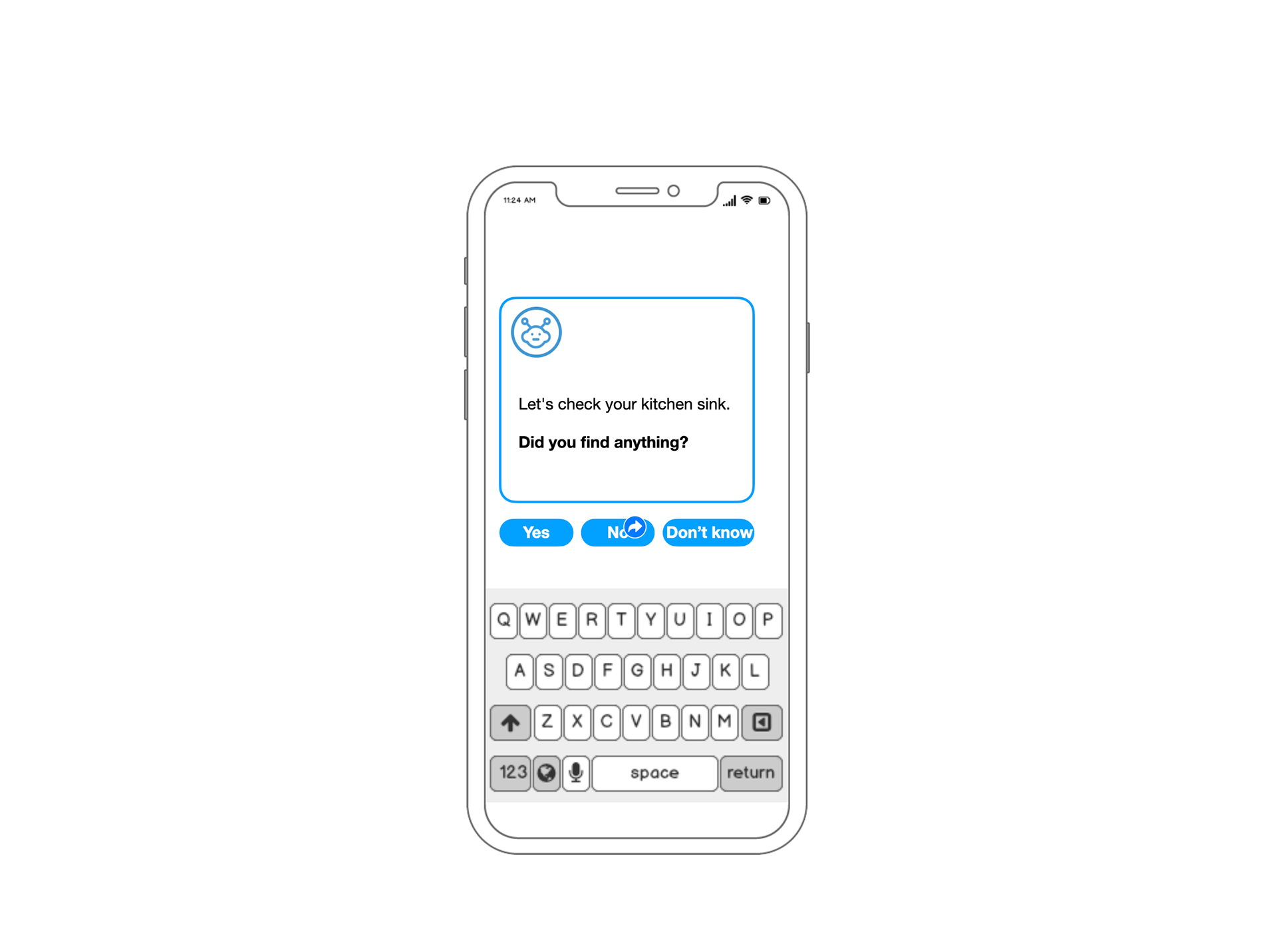

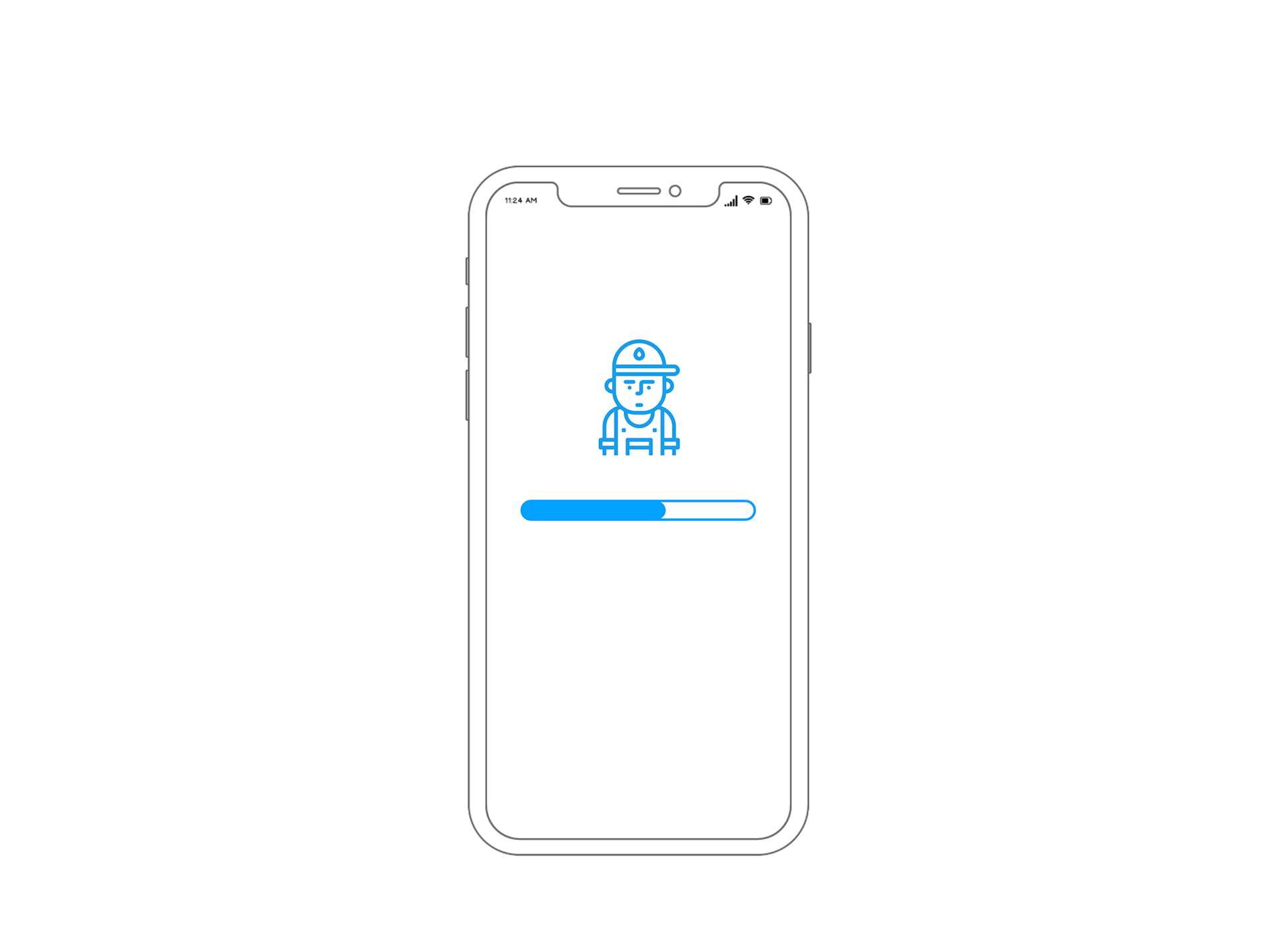
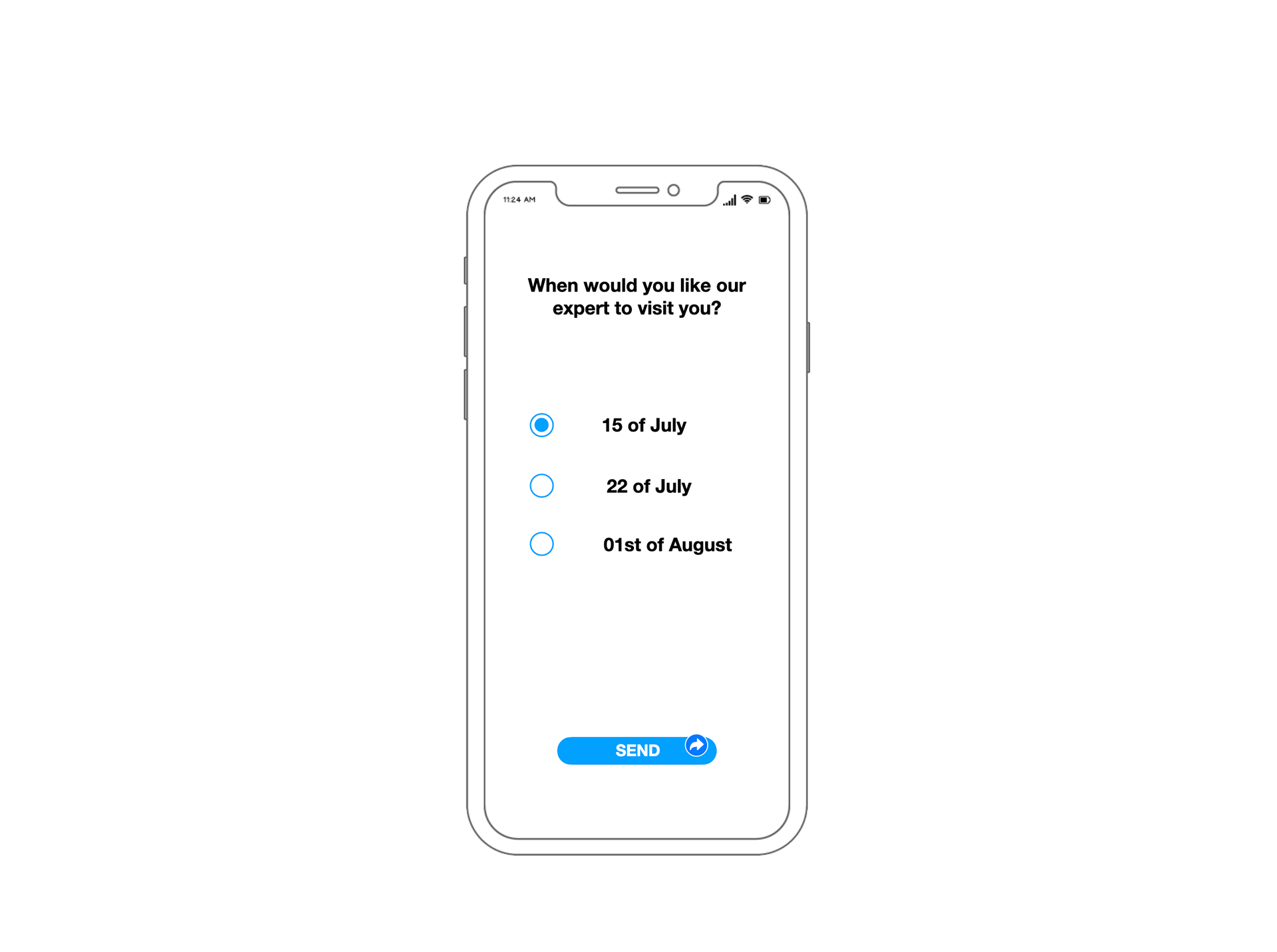
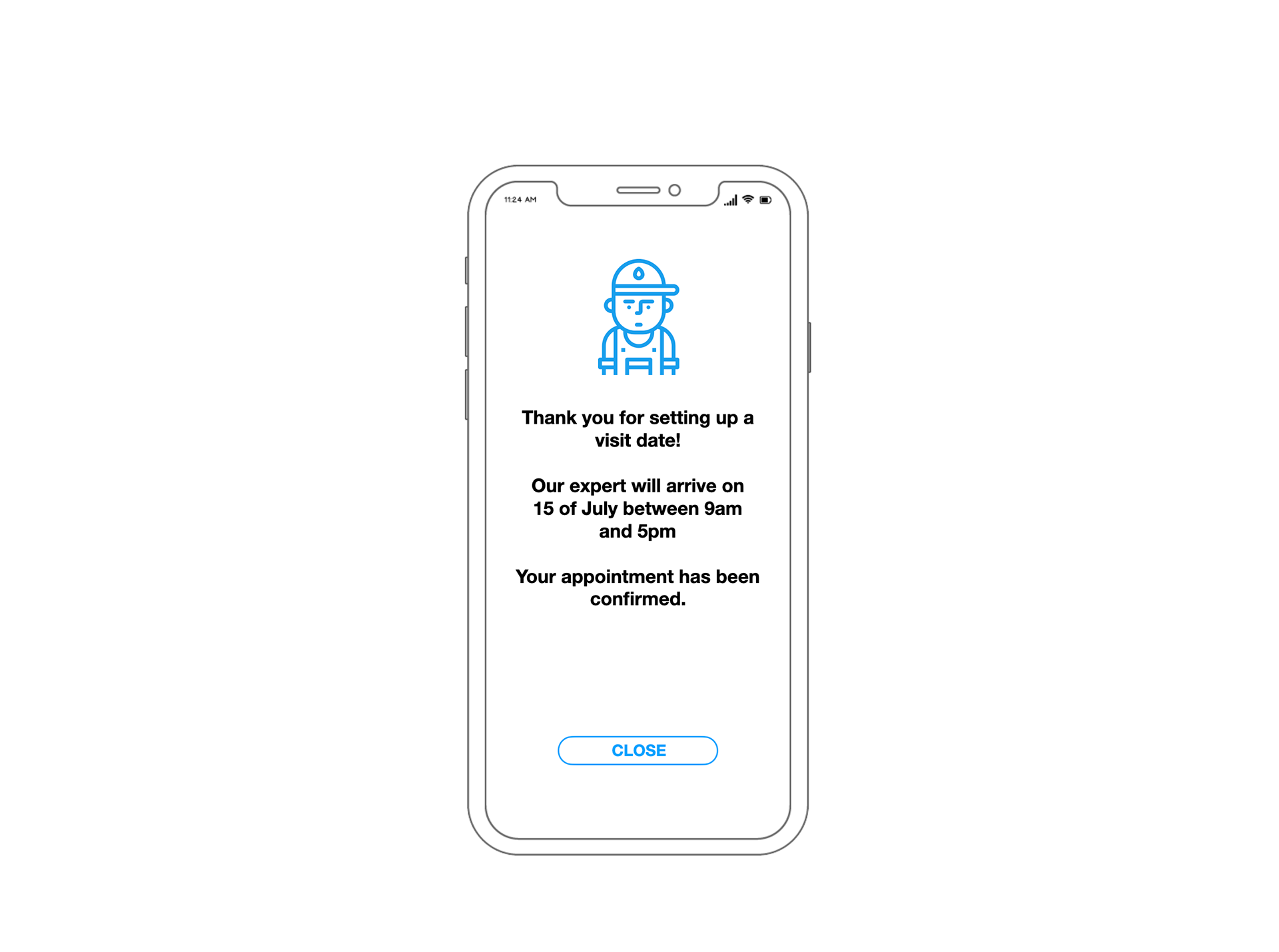
⦿ Thursday - PROTOTYPE:
Thursday was prototyping day. The Chatbot idea had to be turned into quick, test-wordy prototype. What we did was to come up with several scenarios for different eventual outcomes as well as with adequate responses from the Chatbot. We also had to decide when human intervention was necessary.
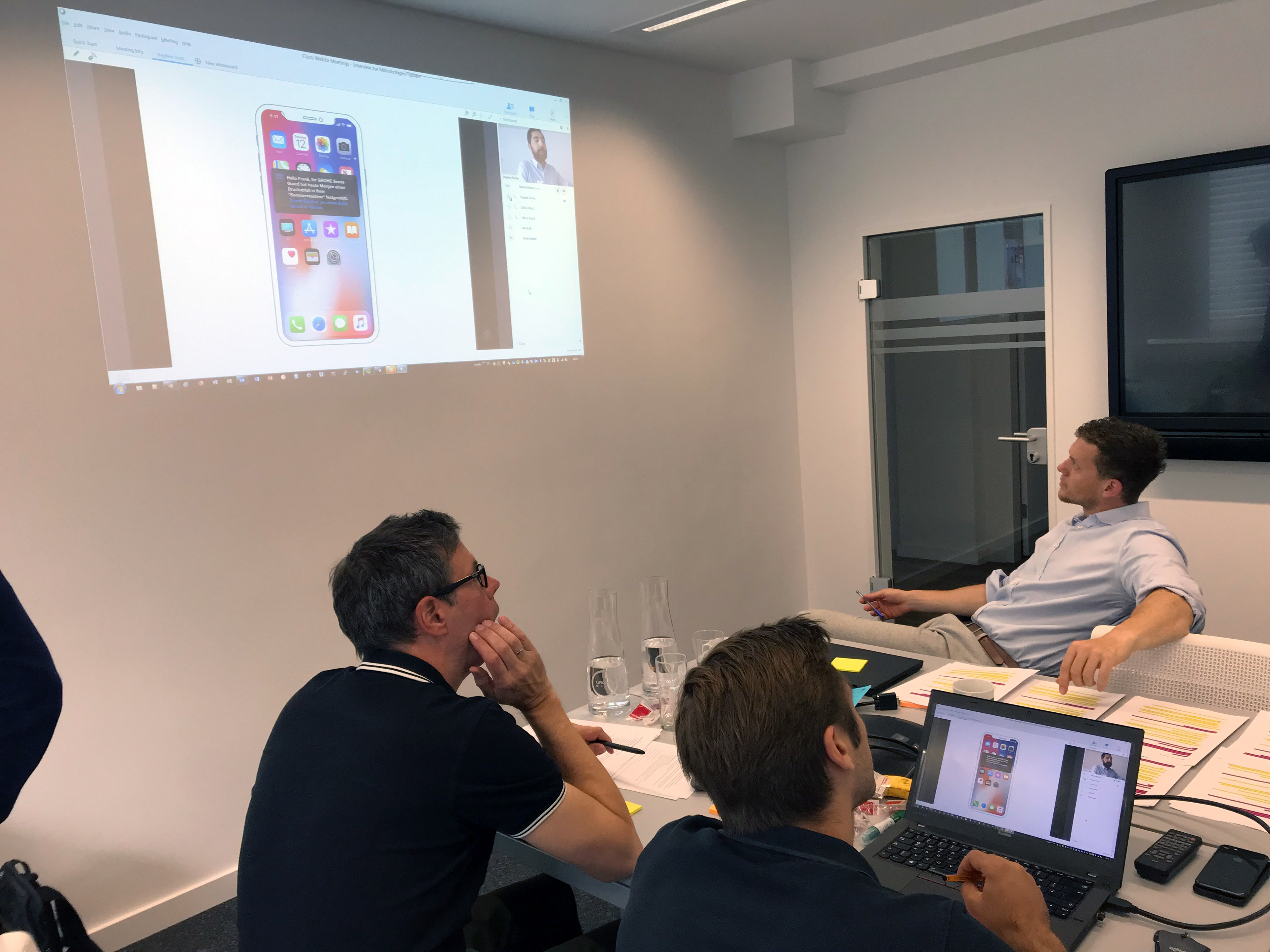
Usability testing.
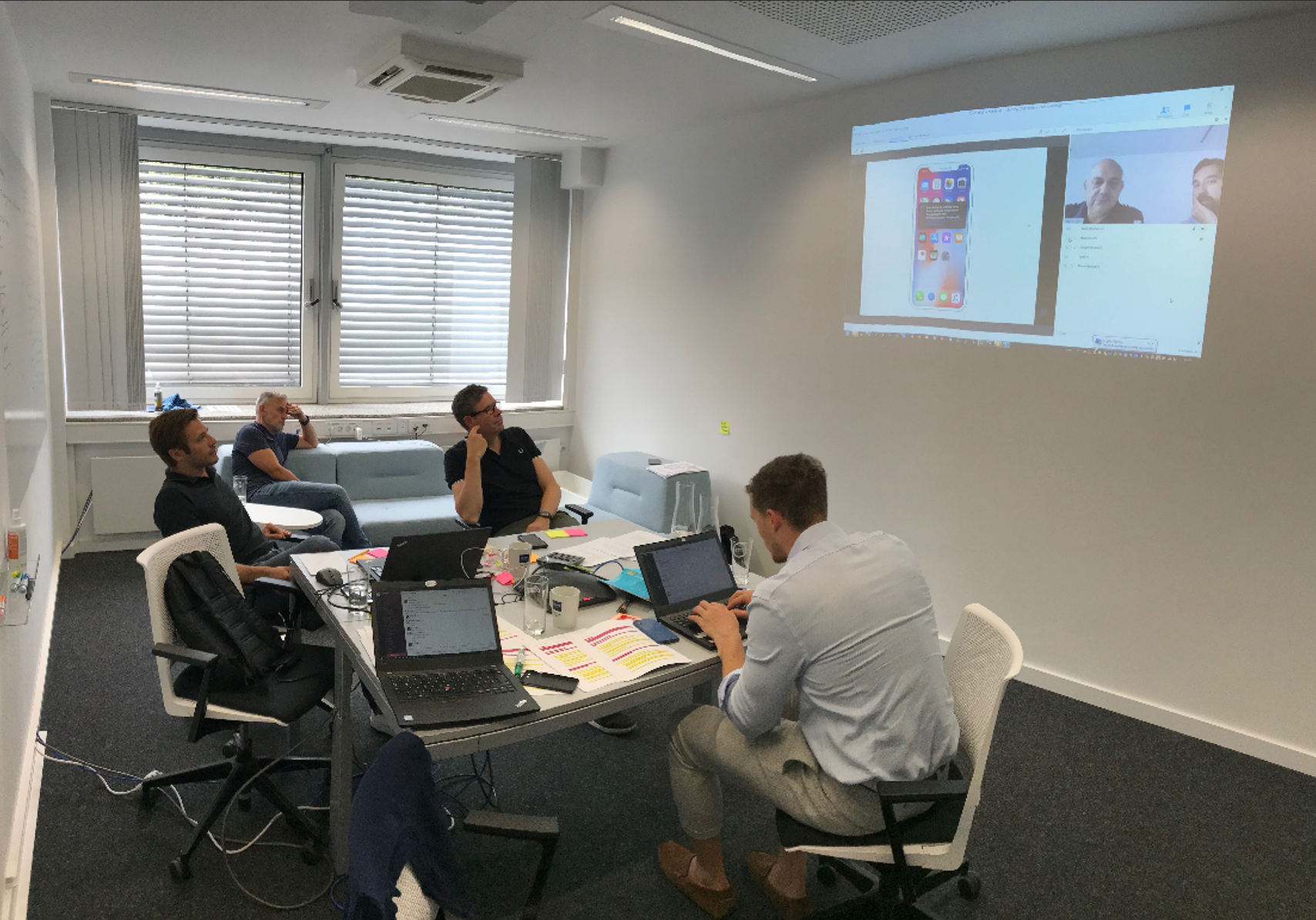
⦿ Friday - TEST:
Finally we got to the moment of truth, the testing.The whole Sprint exercise is about building a realistic prototype in five days and testing it. We invited eight target group User and ran a usability test that unveiled plenty of quantitative and qualitative data.
The Solution
The findings were sufficiently convincing to begin the development of the actual Chatbot feature. Our solution proved to be quick to implement, efficient and cost-effective alert response for the insurance companies, as well as cost-effective in production.
Measuring success
By introducing the Chatbot feature, we reduced the need for a service specialist to visit and conduct an onsite micro leak investigation by 40%. This saved substantial service costs for our partners, as each visit costs around 300-450€ and requires special equipment to detect any pipe break.

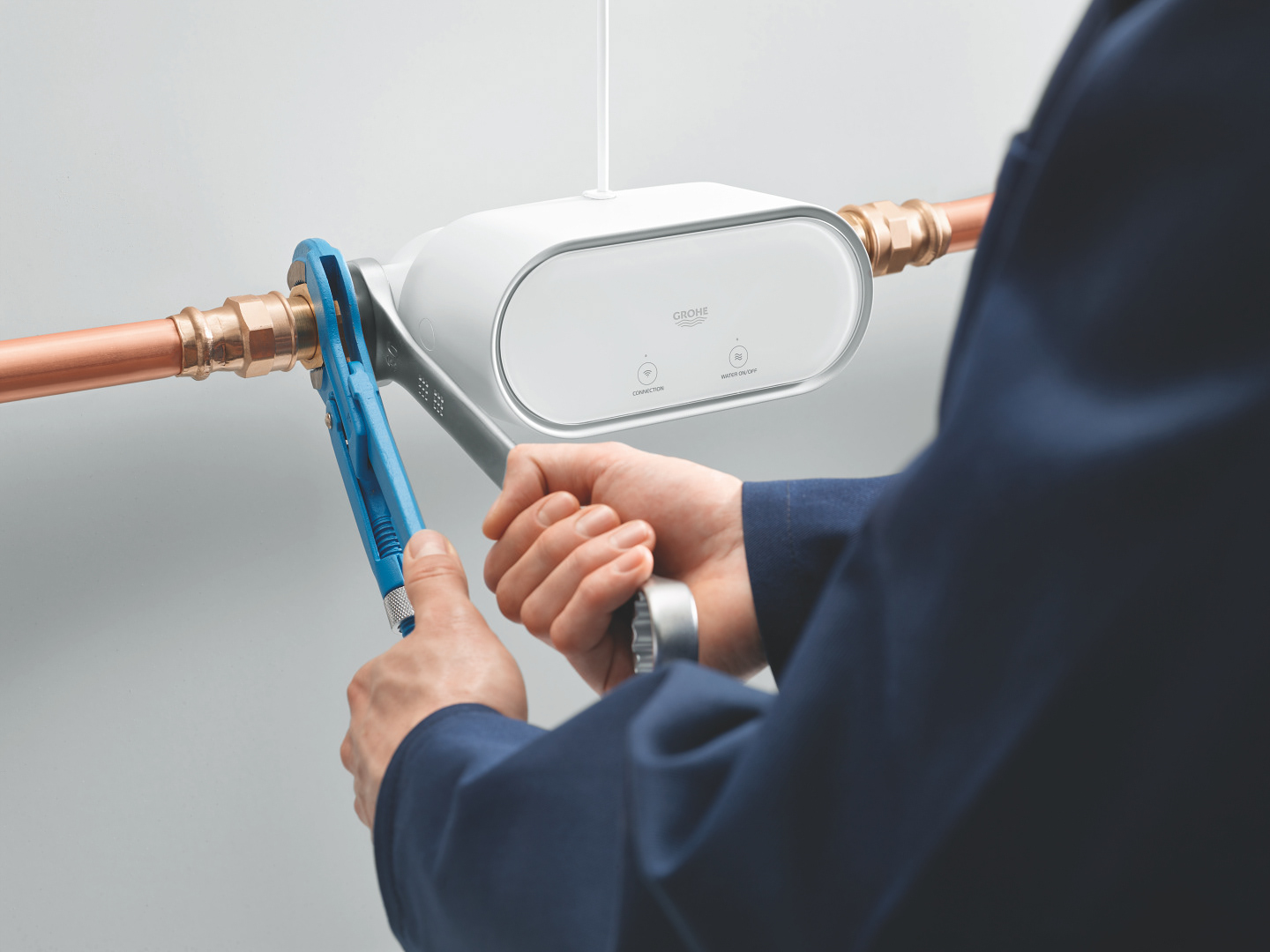
See other projects
